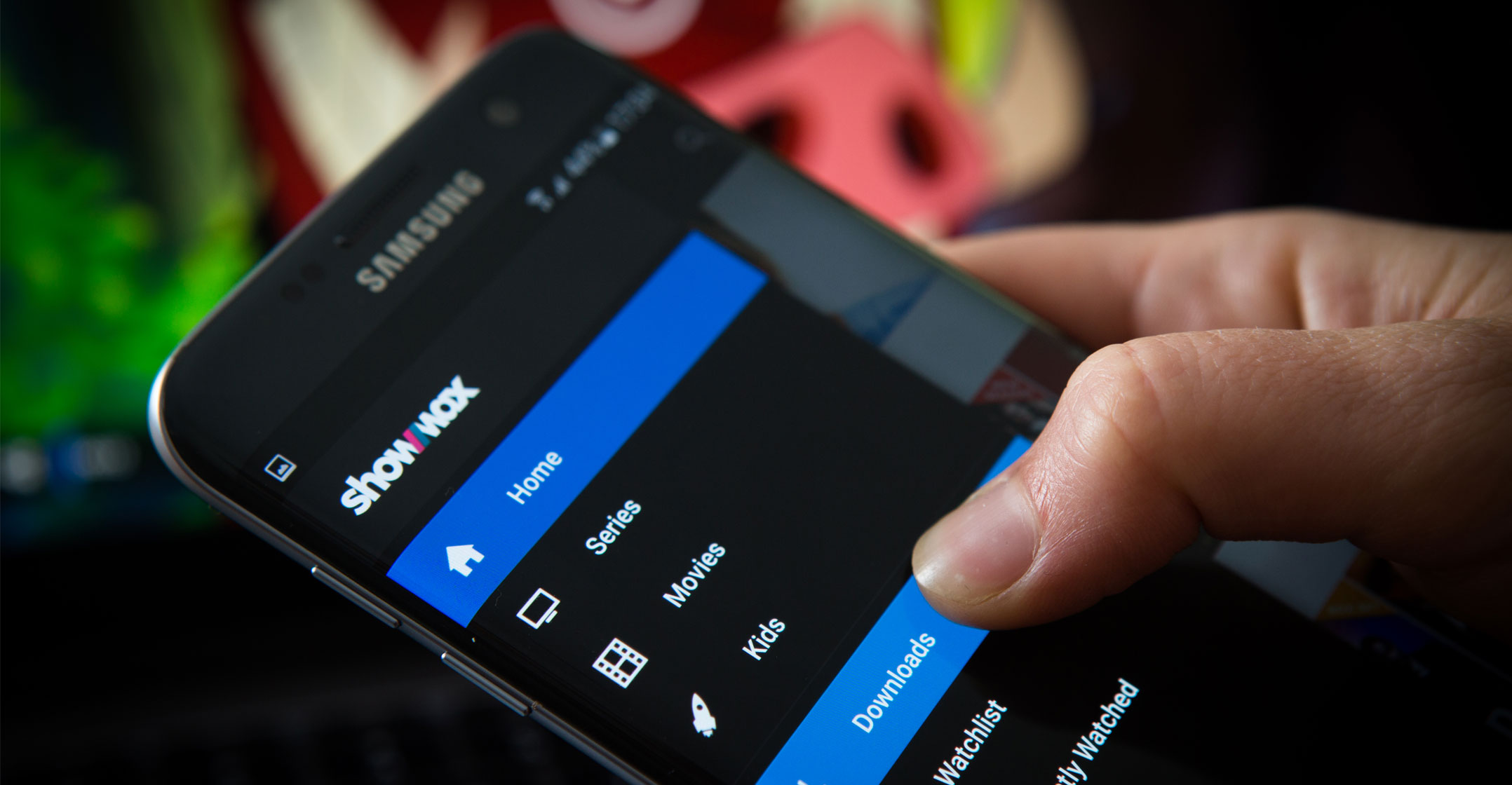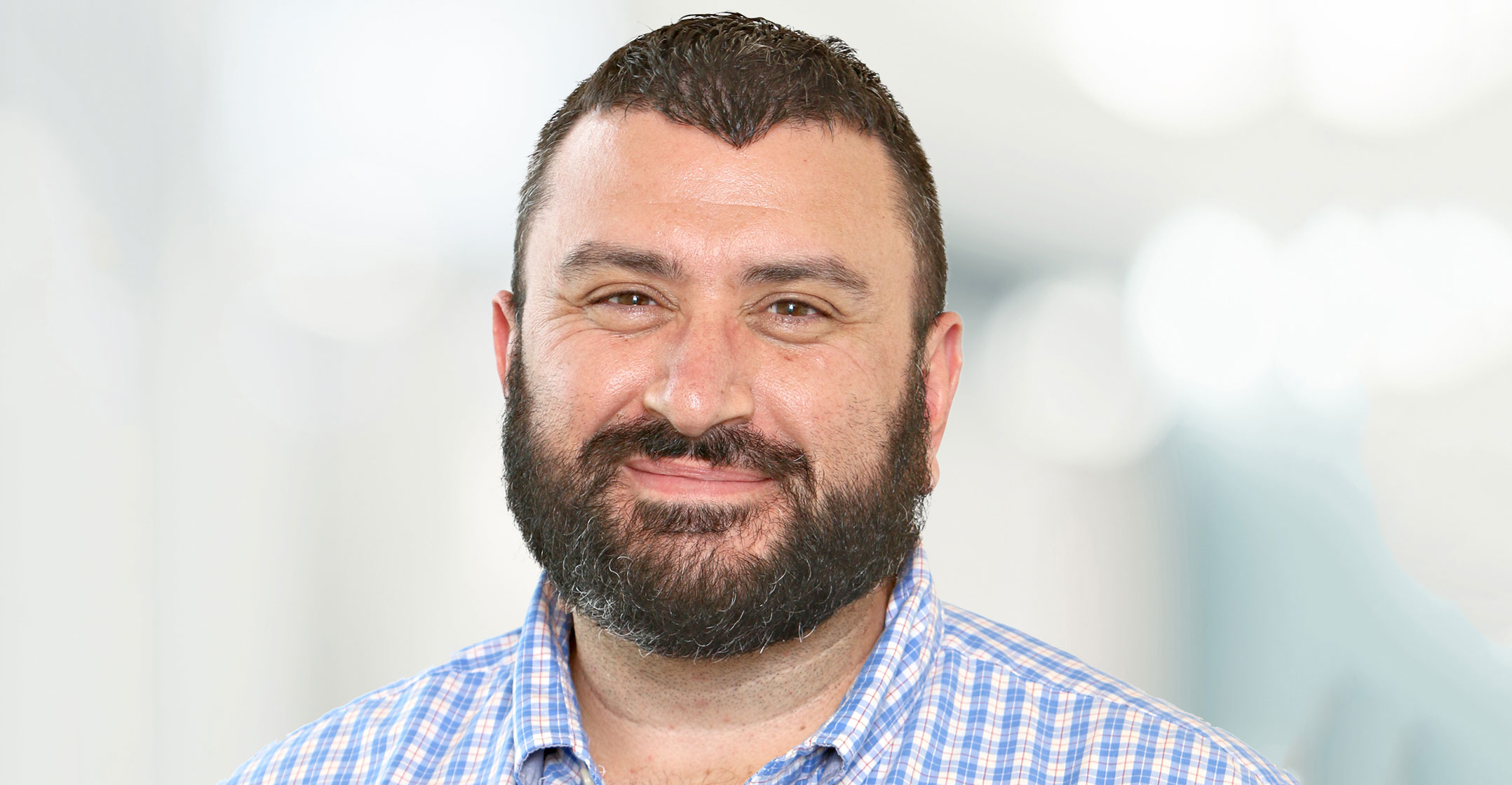
[dropcap]A[/dropcap]frica vs Poland. In Africa’s corner, we’ve got the insane beauty of Kenya’s Masai Mara, the rust-red dunes of Namibia’s Sossusvlei and a mountain in South Africa so lovely we named it after a bit of furniture.
Warsaw is probably also beautiful in its own way. In summer. Winter, I can report, isn’t the best time for sightseeing if you value your extremities.
But for all that, Poland has Africa licked. Why? Because they get uncapped mobile video plans. Not only that, a month of access costs less than a flat white in Jozi.
Yes, I’m jealous of my colleagues in Poland. One of their networks, T-Mobile, recently launched a mobile video plan that for around US$1.35/month (about R18) gives unlimited 480p access to streaming video sites like Showmax, YouTube and Netflix. The HD version of the service, which supports video up to 1080p, costs $4/month (about R53).
Seriously Africa, we’re the continent that fixed-line forgot. We’re the home of mobile-first Internet access. We invented prepaid mobile. We invented M-Pesa. We get mobile. We also love video. So why can’t we do this one simple thing?
No, I’m not about to embark on a cell network bashing rant. We work with great mobile operators and we like them. In their defence, Africa isn’t Poland. We don’t have the fixed-line infrastructure they have in Poland. When someone in Warsaw comes home and fires up Showmax, they’re more than likely going to stream using Wi-Fi with a fixed-line connection. When someone in Africa comes home and feels the need to binge, they’re more than likely going to do it via a mobile connection.
Chews bandwidth
The networks in Africa therefore have a point that the economics of an uncapped video product are different than in Poland because our usage per customer would be way higher. To some extent, they also have a point that the capacity of each mobile base station is finite and that video chews bandwidth, so if they open the taps there’s a chance the network will grind to a halt.
On top of that, the cell networks face spectrum constraints. That lack of spectrum means rather than expanding the data-carrying capacity of each base station by adding additional radios, the networks are instead forced to split each cell into smaller cells. That means building new base stations, and that costs money. Lots of it.
But there is a light at the end of this tunnel, and it’s not an oncoming train. Huge investment has been made in additional mobile capacity. That’s why all our streets are being dug up — it’s for fibre-optic cable. Yes, these cables supply fibre to the home to the lucky few, but another reason they’re being installed is to connect base stations and give infinitely more backhaul capacity than the old copper lines.

Our network operators are also by necessity becoming world leaders in network optimisation, squeezing every last bit of capacity out of what they have. Combine this with increased adoption of more spectrally efficient technology (4G/LTE can carry more data than 3G using the same spectrum) and Africa may just be the first place that cracks the challenge of delivering uncapped video at a price people can afford in a mobile-first environment.
I think we’re approaching a watershed moment when one of the mobile operators is going to do something brave and try a proper uncapped video product at a decent price. It’ll be a genius move. People will stop treating their smartphones and tablets like data-bill grenades with the pin pulled, and instead develop a healthy usage habit. After all, doesn’t every business dream of having customers addicted to their product or service? The investment and hard work has already been done. The infrastructure is in place. C’mon Africa — we can do this.
- Chris Savides is head of Showmax’s African business. The Naspers-owned video-on-demand service was launched in Poland in February 2017




